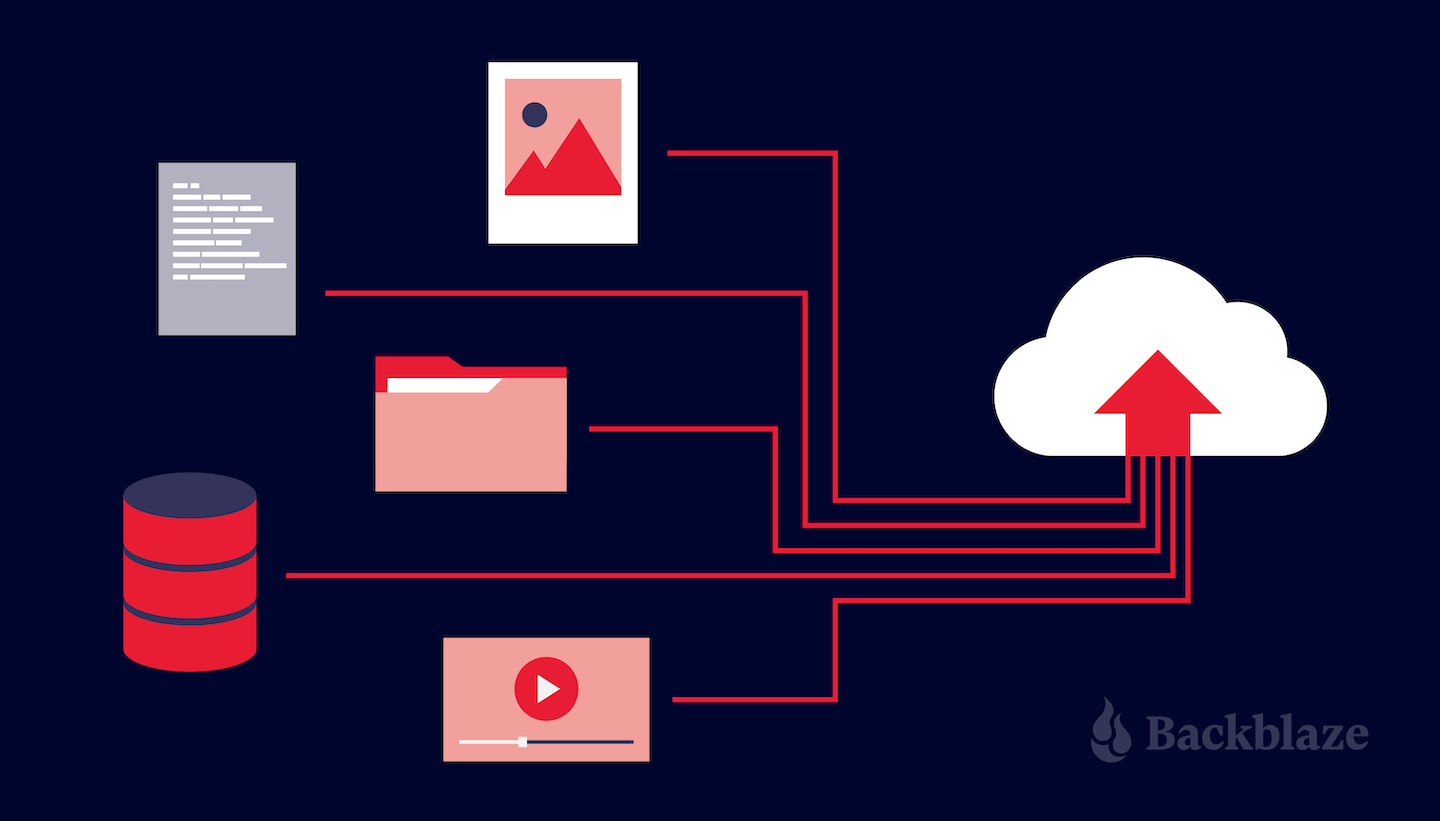
Everything that makes working at a creative agency exciting also makes it challenging. With each new client, creative teams are working on something different. One day they’re on site, shooting a video for a local business, the next they’re sifting through last year’s concert footage for highlights to promote this year’s event. When their juices are flowing, it’s as easy for them to lose track of the files they need as it is for them to lose track of time.
If you’re tasked with making sure a team’s content is protected every day, as well as ensuring that it’s organized and saved for the future, we have some tips to make your job easier. Because we know you’d rather be working on your own projects, not babysitting backups or fetching years-old content from a dusty archive closet.
Since we’re sure you’re not making obvious mistakes—like expecting creatives to manually archive their own content, or not having a 3-2-1 backup strategy—we’ll focus on the not-so-obvious tips. Many of these come straight from our own creative agency customers who learned the hard way, before they rolled out a cloud-based backup and archive solution.

5 Tips for Creative Agencies to Manage Their Backups and Archives
Tip #1—Save everything when a client’s project is completed
For successful creative agencies, there’s no such thing as “former” clients, only clients that you haven’t worked with lately. That means your job managing client data isn’t over when the project is delivered. You need to properly archive everything: not just the finished videos, images or layouts, but all the individual assets created for the project and all the raw footage.
It’s not unusual for clients to request raw footage, even years after the project is complete. If you only saved master copies and can’t send them all of their source footage, your client may question how you manage their content, which could impact their trust in you for future projects.
The good news is that if you have an organized, accessible content archive, it’s easy to send a drive or even a download link to a client. It may even be possible for you to charge clients to retrieve and deliver their content to them.
Update per comment from ScarfMonster: Keep in mind that some clients may limit how long you can retain their content on your storage. Since different clients have different requirements, you’ll need to put processes in place to retain or delete content per specific client agreements.
Tip #2—Stop using external drives for backup or archive
If your agency uses external disk drives to back up or archive your projects, you’re not alone. Creative teams do it because it’s dead simple: you plug the drive in, copy project files to it, unplug the drive, and put it on a shelf or in a drawer. But there are some big problems with this.
First, since external drives are removable, they’re easily misplaced. It’s not unusual for someone to take a drive offsite to work on a project and forget to return it. Second, removable drives can fail over time after being damaged by physical impacts, water, magnetic fields, or even “bit rot” from just sitting on a shelf. Finally, locating client files in a stack of drives can be like finding a needle in a haystack, especially if the editor who worked on the project has left the agency.
Tip #3—Organize your archive for self-service access
Oh, the frustration of knowing you already have a clip that would be perfect for a new project, but… who knows where it is? With the right tools in place, a producer’s frustration doesn’t mean you’ll have to drop everything and join their search party. Even if you’re not sure you need a full-featured MAM, your time would be well-spent to find a solution that allows creatives to search and retrieve files from the archive on their own.
Look for software that lets them browse through thumbnails and proxies instead of file names, and allows them to search based on metadata. Your archive storage shouldn’t force you to be on site and instantly available to load LTO tapes and retrieve those clips the editor absolutely and positively has to have today.
Tip #4—Schedule regular tests for backup restores and archive retrievals
When you first set up your backup system, I’m sure you checked that the backups were firing off on schedule, and tested restoring files and folders. But have you done it lately? Since the last time you checked, any number of things could have changed that would break your backups.
Maybe you added another file share that wasn’t included in the initial set up. Perhaps your backup storage has reached capacity. Maybe an operating system upgrade on a workstation is incompatible with your backup software. Perhaps the automated bill payment for a backup vendor failed. Bad things can happen when you’re not looking, so it’s smart to schedule time at least once a month to test your backups and restores. Ditto for testing your archives.
Tip #5 – Plan for long-term archive media refresh
If your agency has been in business more than a handful of years, you probably have content stored on media that’s past its expiration date. (Raise your hand if you still have client content stored on Betacam.) Drive failures increase significantly after 4 years (see our data center’s latest hard drive stats), and tape starts to degrade around 15 years. Even if the media is intact, file formats and other technologies can become obsolete quicker than you can say LTO-8. The only way to ensure access to archived content is to migrate it to newer media and/or technologies. This unglamorous task sounds simple—reading the data off the old media and copying it to new media—but the devil is in the details.
Of course, if you backup or archive to Backblaze B2 cloud storage, we’ll migrate your data to newer disk drives for you as needed over time. It all happens behind the scenes so you don’t ever need to think about it. And it’s included free with our service.
Want to see how all these tips works together? Join our live webinar co-hosted with Archiware on Tuesday, December 10, and we’ll show you how Baron & Baron, the agency behind the world’s top luxury brands from Armani to Zara, solved their backup and archive challenges.





